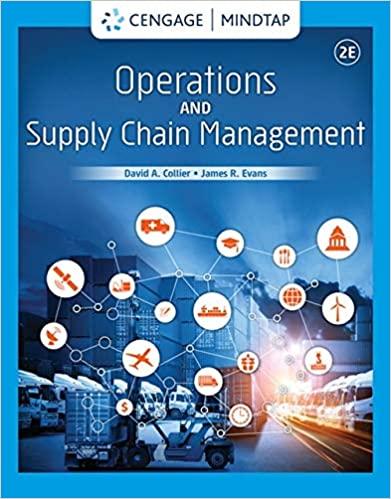Question
Build a P&L for the ABC Company ABC Companys Monthly Revenue expenses for November ABC company manufactures scarfs and hats for men and women. November
Build a P&L for the ABC Company
ABC Companys Monthly Revenue expenses for November
ABC company manufactures scarfs and hats for men and women. November is a good month for ABC company. In November, ABC sold $52,000 in mens hats, $71,000 in womens hats, and $27,000 in unisex scarfs (revenue). ABC company has a Cost of Goods of 40% on hats and 36% on scarfs. ABC company had the following expenses in November:
- Payroll $27,000
- Benefits and Admin. $ 3,000
- Office Expenses $ 5,000. Shipping $13,000
- T & E $ 2,500
- Equipment Maintenance $ 1,200
- Water/Electric/Gas $ 1,000
- Cable/internet/phone $ 500
- Marketing expenses $10,000
ABC Company has earned interest income equal to 3% of revenue in November. Interest income is typically earned through investments or loans to others.
Take the information above and create a November profit & loss statement for the ABC Company. Divide the P&L into four sections (Revenue, Cost of Goods Sold, Company Expenses and Interest Income Earned or paid).
Step 1: Calculate revenue
The first step in creating a profit and loss statement is to calculate all the revenue your business has received. You can obtain current account balances from your general ledger such as cash and current accounts receivable balances.
If youre creating a monthly profit and loss statement, youll include all of the revenue received in that time frame, whether your business has collected that revenue or not. If youve chosen to run a quarterly statement, just add up the revenue received in that three-month time frame.
When calculating revenue, be sure to include all revenue received, whether its from selling products and services or from selling your old printer to the business next door.
Step 2: Calculate cost of goods sold
Your cost of goods sold is an important part of any profit and loss statement. If youre selling wallets, youll have to include the cost of purchasing the wallets from the manufacturer.
If youre making the wallets, youll have to include the materials and supplies needed to make them. If youre selling services, you need to include the cost of your time or your employees time that provided the service.
Step 3: Subtract cost of goods sold from revenue to determine gross profit
Once you have calculated your revenue and your cost of goods sold, youll just need to subtract the cost of goods sold to arrive at your gross profit number. Gross profit is the profit your business has earned from selling your products and/or services.
Revenue - Cost of Goods Sold = Gross Profit/Loss
Step 4: Calculate operating expenses
The next thing you need to do is calculate all of your operating expenses. Operating expenses include rent, travel, payroll, equipment, utilities, and postage.
Step 5: Subtract operating expenses from gross profit to obtain operating profit
Once your operating expenses have been calculated, youll want to subtract that total to obtain your total operating profit. This will give you your total operating profit or loss.
Gross Profit - Operating Expenses = Operating Profit/Loss
Step 6: Add additional income to your operating profit
If you have any additional income not included in your revenue totals above, such as interest income or dividends from investments, youll want to include them here. Once added to your operating profit, the total is earnings before interest, taxes, depreciation, and amortization, otherwise known as EBITDA.
EBITDA = Operating Profit + (Interest Income + Dividends Earned)
Step 7: Calculate interest, taxes, depreciation and amortization
The next step is to calculate any interest payments, taxes due, as well as depreciation and amortization expenses.
Step 8: Subtract interest, taxes, depreciation, and amortization expenses from EBITDA to obtain net profit
Your final step is subtracting interest, taxes, depreciation, and amortization expenses to arrive at your net income, or net profit.
Net Profit/Loss = EBIDTA - (Interest + Taxes + Depreciation)
Step by Step Solution
There are 3 Steps involved in it
Step: 1

Get Instant Access to Expert-Tailored Solutions
See step-by-step solutions with expert insights and AI powered tools for academic success
Step: 2

Step: 3

Ace Your Homework with AI
Get the answers you need in no time with our AI-driven, step-by-step assistance
Get Started


